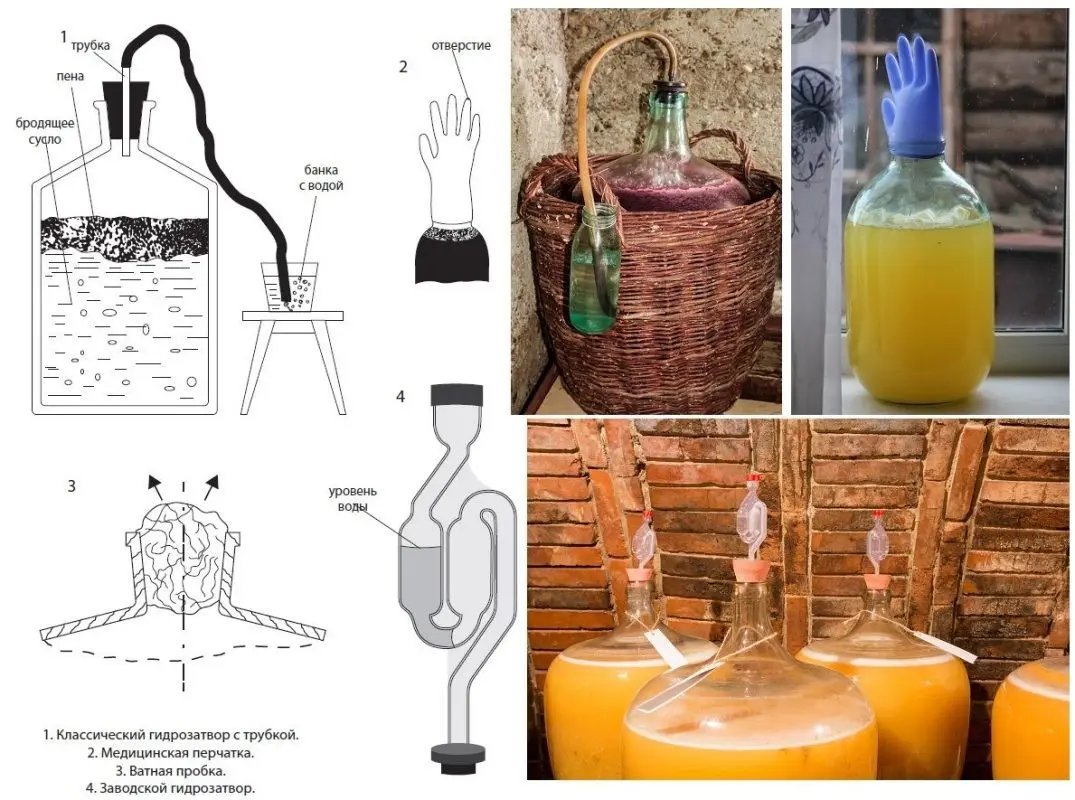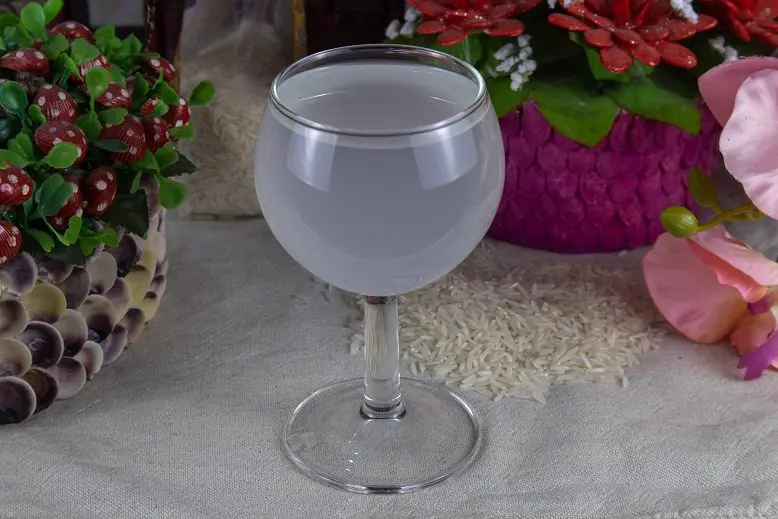More or less enlightened drinkers know that Japanese sake is not vodka, but rice mash, because it is not distilled or rectified. The second name of the drink is rice wine, although sake is closer to beer in terms of raw materials, only without hops, and in terms of production technology it has no analogues at all. We will look at the technique and recipe for making rice wine at home. If you take a special strain of yeast, you get sake very close to the original. Organoleptic properties are difficult to describe in words, you need to try it.
Theory
It is advisable to use glutinous (sticky, sweet) rice, since this particular Asian variety has a pronounced aroma and taste. During the cooking process, rice absorbs a lot of water, which will become the basis of the future drink; no additional water is required.
True sake is made from the mold koji, which can convert the starch in rice into fermentable sugar. This type of yeast can also be bought in Russia. At home, koji is replaced with more affordable wine yeast, and sugar is added to the must to increase the strength (wine yeast cannot convert starch into sugar, so the alcohol content will be low). On alcohol and baker’s yeast, you will not get sake, but ordinary rice mash with a characteristic alcohol aroma.
Ingredients:
- rice – 1 kg (about 3 cups);
- wine yeast or koji – according to the instructions for 6-8 liters of must;
- water – for cooking rice;
- sugar – up to 200 grams per 1 liter of wine to increase the strength and sweetening (optional).
Recipe for rice wine (sake)
1. Rinse the rice several times until the water runs clear.
2. Pour boiling water over the grains (water should cover the rice layer by at least 2-3 cm), cover and leave for 60 minutes.
3. Strain through a sieve, draining all the water.
4. Steam the rice. To do this, fill a medium-sized pot about halfway with water, bring to a boil, then transfer the rice to a metal sieve, place the sieve over a pot of water and cover with a lid (not tightly), reduce the heating power to below average. Leave for 25 minutes. You can cook rice in several batches or use a double boiler.
5. Taste the rice, the grains should be soft and slightly sweet. If necessary, cook for another 5-10 minutes until fully cooked.
6. Spread all the rice in one layer on a clean, dry baking sheet (another flat surface). Wait for the beans to cool to room temperature. Sprinkle the yeast activated according to the instructions on the sachet evenly over the entire surface. Mix.
7. Place the rice in a glass, plastic or enameled fermentation container (jar, tank, pan, bucket). Close with a water seal, transfer to a dark place with a temperature of + 20-28 ° C. Leave for 30 days. Gradually the wort will stratify.

8. Remove the solid part of the wort into another container. Filter the liquid part through cheesecloth. Squeeze all the rice dry through a thick cloth or gauze (grains are no longer needed).
In fact, it will make two parts of young sake. Just filtered liquid is considered to be of higher quality, it is customary to serve it cold in wine glasses. Pressed rice wine is usually drunk warmed from small ceramic cups. At home, both liquids can be mixed or continue cooking in separate containers.
9. Taste filtered rice wine. If the strength is too low (usually in the case of using wine yeast), add sugar (up to 120 grams) and mix. 1% fermented sugar increases the strength of the wine by about 0,6%.
Real sake does not contain sugar.
10. Pour the wine into a fermentation tank. Install a water seal. Transfer to a dark place at room temperature. Leave for about 5-15 days (depending on the amount of added sugar) until the end of fermentation. The fermented wine becomes lighter, the water seal does not release gas, and a layer of sediment appears at the bottom.
11. Through a thin tube, drain the drink without sediment into another container. It is highly desirable to clean with bentonite to remove any leftover rice. To taste. Add sugar to taste to increase sweetness (optional). Pour into glass bottles and seal tightly.
12. Pasteurization. An essential step when making sake on a koji, as the fungus must be killed. Rice wine with wine yeast can not be pasteurized, but immediately put away for storage.
At the bottom of a large saucepan, place a wooden grate or a towel folded in several layers. Place a jar of water and a thermometer in the center of the pan to check the temperature. Place bottles of wine in a saucepan. Heat the water to 62-63 ° C (it is important that the temperature does not exceed 70 degrees, otherwise the wine will have a boiled aftertaste).
The duration of pasteurization depends on the volume of bottles:
- 0,5 l – 20 minutes;
- 0,7 l – 25 minutes;
- 1 l – 30 minutes.
Remove the pan from the stove, wait until the temperature drops to 35-40°C. Remove the bottles from the water and wipe dry, then check the cork for leaks by turning the bottle upside down.
13. Transfer bottles that have cooled to room temperature for aging in a cellar or cellar (+3-12°C). Leave for at least 2-3 months (preferably 5-6 months) to improve the taste.
14. Before serving, it is advisable to decant the rice wine (pour into another container without sediment). You can drink it cold from wine glasses or heated in a water bath to + 15-30 ° C.

Shelf life – up to 3 years. The strength of homemade sake (rice wine) is 6-18% depending on the yeast chosen, the amount of sugar added and the fermentation time.









